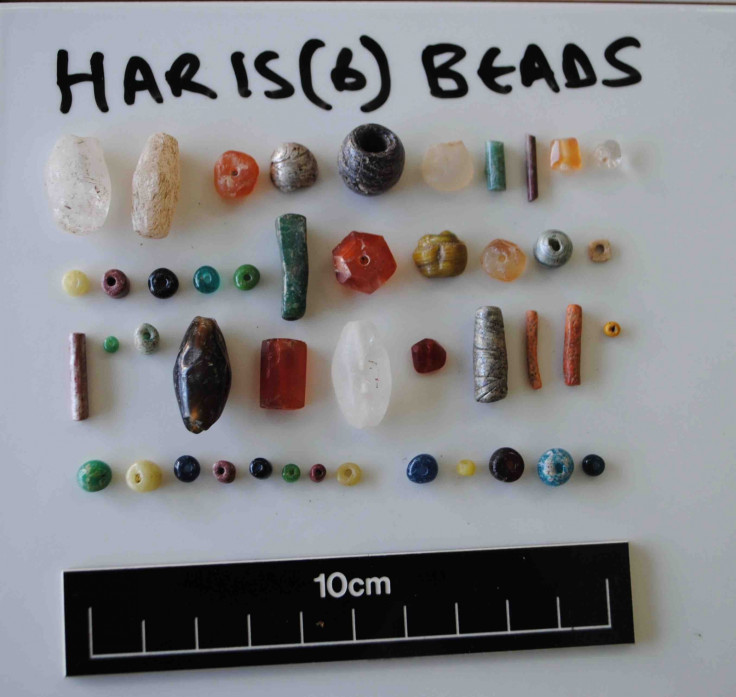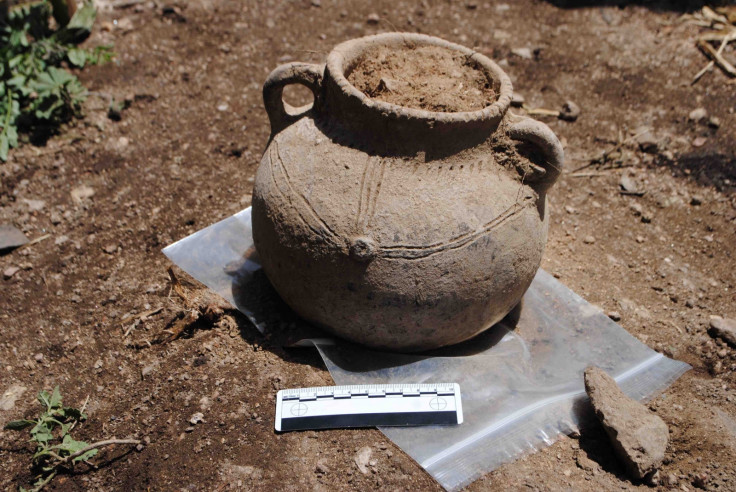Long-lost city of 'giants' unearthed in Ethiopia
Legend stoked by massive building stones that make up some of the buildings.
Archaeologists have unearthed the remains of a long-lost city in Ethiopia, which according to local legends was once inhabited by giants.
While the rigorous excavations conducted at the site show this was unlikely to be the case, they shed a new light on Ethiopia's history and relationship with the world hundreds of years ago.
The archaeologists have found that Ethiopia may have been much better connected with the rest of the world than previously thought, with trade links with the Gulf, Egypt and India.
The team, led by Timothy Insoll, from the Institute of Arabic and Islamic Studies at the University of Exeter, worked at a dig in Harlaa, in the east of the country. The site is situated 120km form the Red Sea coast and about 300km away from the capital Addis Adaba.
They discovered a mosque from the 12<sup>th century as well as evidence of Islamic burials and headstones. A number of valuable artefacts from different periods were also identified, attesting to Ethiopia's central role in the global trade network between the 10<sup>th and 15<sup>th centuries.
These artefacts included fragments of glass vessel, rock crystal, glass beads pottery from Madagascar, the Maldives, Yemen and China and bronze and silver coins from 13th century Egypt.
The home of giants
Before this dig, little archaeological research had been conducted in the region. Most of the research that had taken place had focused on finding ancient human remains, but no one had really investigated ancient settlement from Islamic times.
However, people living close to the Harlaa dig had encountered old coins and pottery remains on a regular basis. They were convinced that an ancient, forgotten settlement was located in the area and that it had a rich history that needed to be explored - something which the archaeologists have now begun to confirm.
Throughout the excavation season, the archaeologists have worked well with the locals, who wanted to learn more about the past of their region.

They have introduced the team to Llcal legends which talk of giants having inhabited the region many years ago. For some people in the community, the massive building stones that make up some of the buildings unearthed in the city are a confirmation of this, as it is thought that only those with enormous stature or strength could have carried them.
"The archaeological findings suggest this place was home to a very mixed community. Local people were extremely keen for us to solve mysteries. Farmers had been finding strange objects, including Chinese coins, as they were working on their land, and a legend began that the area was home to giants. We have obviously disproved that, but I'm not sure they fully believe us yet," Insoll said in a statement.
A rich, well connected city
What everyone now agrees on however, is that the city might have been a trading hub, rich and well connected, between the 10th and early 15th centuries. The architecture of the mosque, which is similar to those found in Southern Tanzania and Somaliland, suggests there was a strong connections between different Islamic communities in Africa.
However, Ethiopia - and more specifically Harlaa - might also have had connections with other places located much further away, as the potteries and coins from that time and coming from countries such as Egypt or even China indicates. Furthermore, well-preserved artefacts hint to the fact that jewellers were making high-quality, delicate pieces in silver, bronze and semi-precious stones and glass beads. To do so, they used a technology usually associated in that period with jewellers in India, suggesting trade or immigration from that country to the city.

"What we have found shows this area was the centre of trade in that region. The city was a rich, cosmopolitan centre for jewellery making and pieces were then taken to be sold around the region and beyond. Residents of Harlaa were a mixed community of foreigners and local people who traded with others in the Red Sea, Indian Ocean and possibly as far away as the Arabian Gulf," Insoll pointed out.
The remains of some of the 300 people buried in the cemetery of the city are now being analysed to see what their diet consisted of and to understand more about the origins of this ancient community. During future excavation seasons, the archaeologists will also dig deeper underground at the site, to uncover more evidence of people who lived there earlier in history.
As for the artefacts that have already been discovered, some will displayed at an heritage centre run by local people and designed to boost the region's economy, while others will be displayed in the country's national museum in Addis Ababa.
© Copyright IBTimes 2025. All rights reserved.





















